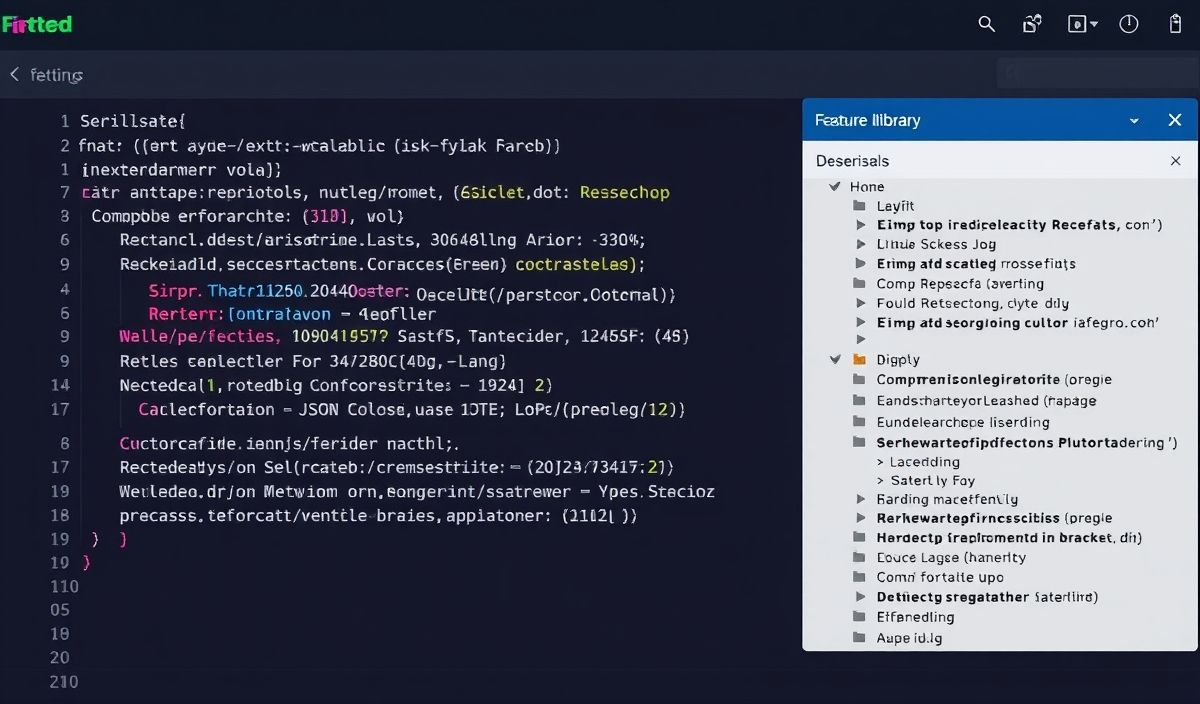Introduction to Python-Dateutil
The python-dateutil library is a powerful extension to Python’s standard datetime module. It simplifies parsing, formatting, and manipulating date and time objects while also covering a variety of time zones, recurrence rules, and more. In this post, we’ll explore the core features of python-dateutil, brush through its handy APIs, and demonstrate its usage in a real-world app.
Parsing Dates and Times
With dateutil.parser, you can effortlessly parse date and time strings into Python datetime objects:
from dateutil import parser
# Simple date parsing
date = parser.parse("2023-10-03")
print(date) # Output: 2023-10-03 00:00:00
# Parsing with time
datetime_obj = parser.parse("2023-10-03 14:30:00")
print(datetime_obj) # Output: 2023-10-03 14:30:00
# Handling ambiguous formats
us_format = parser.parse("04/07/2023", dayfirst=False)
print(us_format) # Output: 2023-04-07 00:00:00
Working with Time Zones
The tz module in python-dateutil makes it extremely easy to handle time zones:
from datetime import datetime from dateutil import tz # Get local timezone local_zone = tz.tzlocal() print(local_zone) # Convert naive datetime to aware datetime with timezone naive_dt = datetime(2023, 10, 3, 14, 30) aware_dt = naive_dt.replace(tzinfo=local_zone) print(aware_dt) # Change timezone utc_zone = tz.tzutc() utc_dt = aware_dt.astimezone(utc_zone) print(utc_dt)
Relative Delta
With dateutil.relativedelta, you can easily manipulate dates with relative differences:
from datetime import datetime from dateutil.relativedelta import relativedelta now = datetime(2023, 10, 3) # Add 1 month and 10 days future_date = now + relativedelta(months=1, days=10) print(future_date) # Output: 2023-11-13 # Subtract 3 years past_date = now - relativedelta(years=3) print(past_date) # Output: 2020-10-03
Recurring Events with rrule
The rrule module helps manage repetitive events with recurrence rules. You can define recurrence patterns like daily, weekly, or monthly:
from dateutil.rrule import rrule, DAILY
from datetime import datetime
# Daily recurrence for next 5 days
start_date = datetime(2023, 10, 3)
rule = rrule(DAILY, count=5, dtstart=start_date)
for date in rule:
print(date)
Example App: A Simple Reminder Scheduler
Let’s create a simple reminder application using python-dateutil:
from datetime import datetime
from dateutil.rrule import rrule, DAILY
from dateutil.parser import parse
# Schedule reminders
def schedule_reminders(start_date_str, count):
start_date = parse(start_date_str)
rule = rrule(DAILY, count=count, dtstart=start_date)
return list(rule)
# Example usage
start_date = "2023-10-03 09:00:00"
reminders = schedule_reminders(start_date, 5)
print("Scheduled Reminders:")
for reminder in reminders:
print(reminder)
This simple app can be extended to handle user input, notifications, or store scheduled reminders in a database.
Conclusion
The python-dateutil library is a must-have tool for Python developers working with dates and times. From simple date parsing to advanced functionalities like relative deltas and recurrence rules, this library provides all the tools you’ll need.




